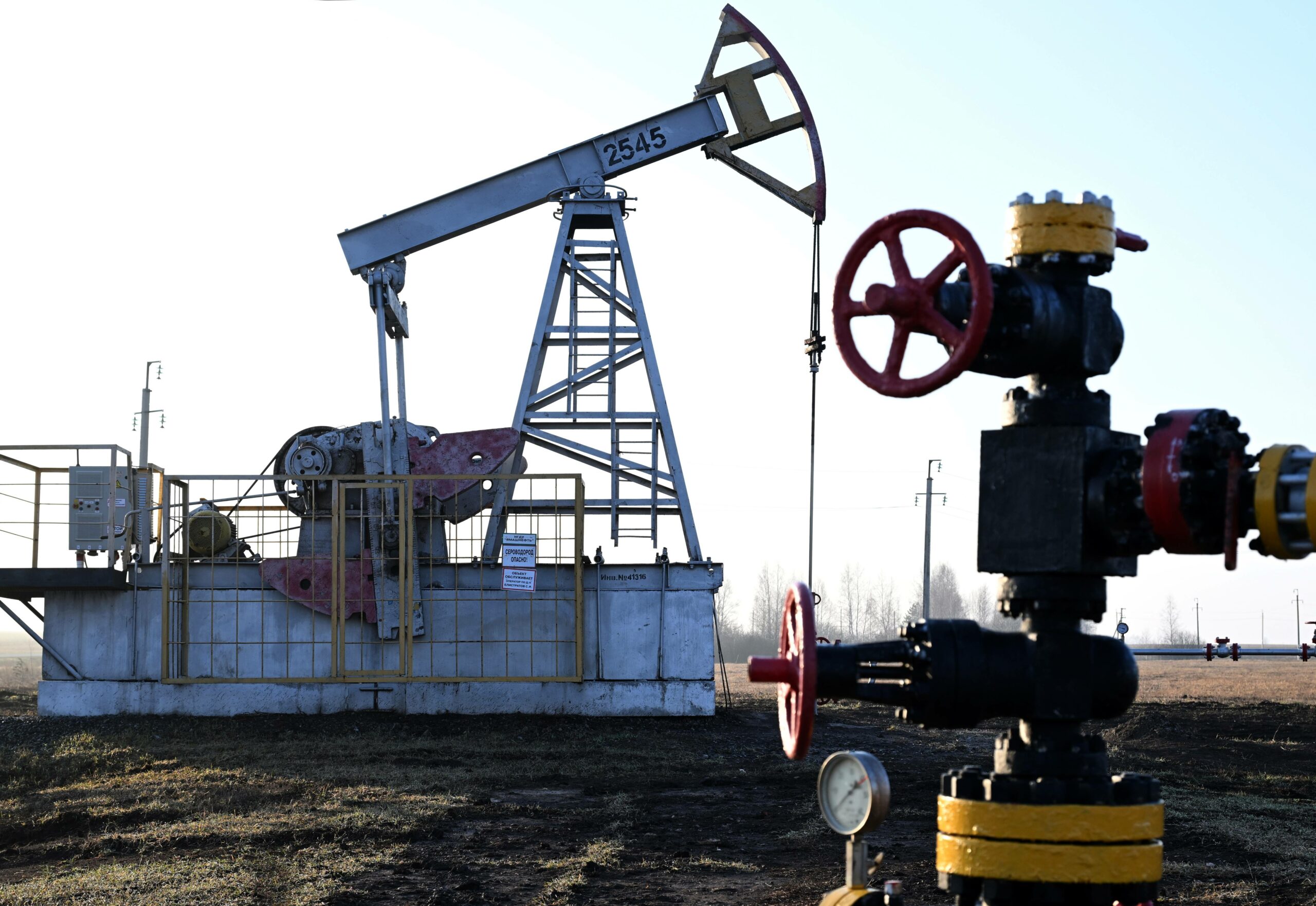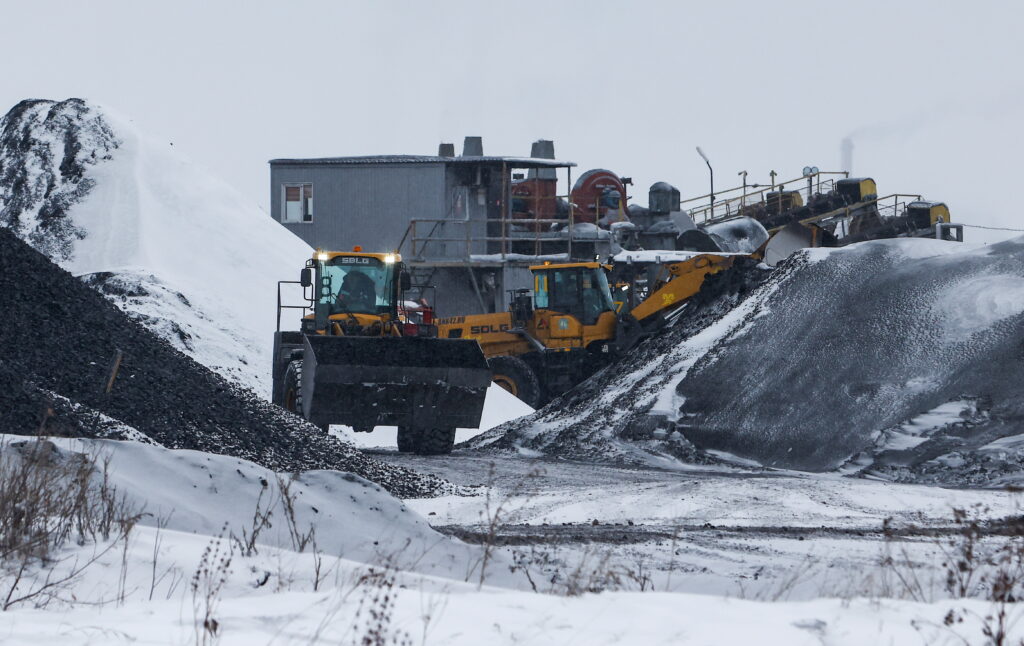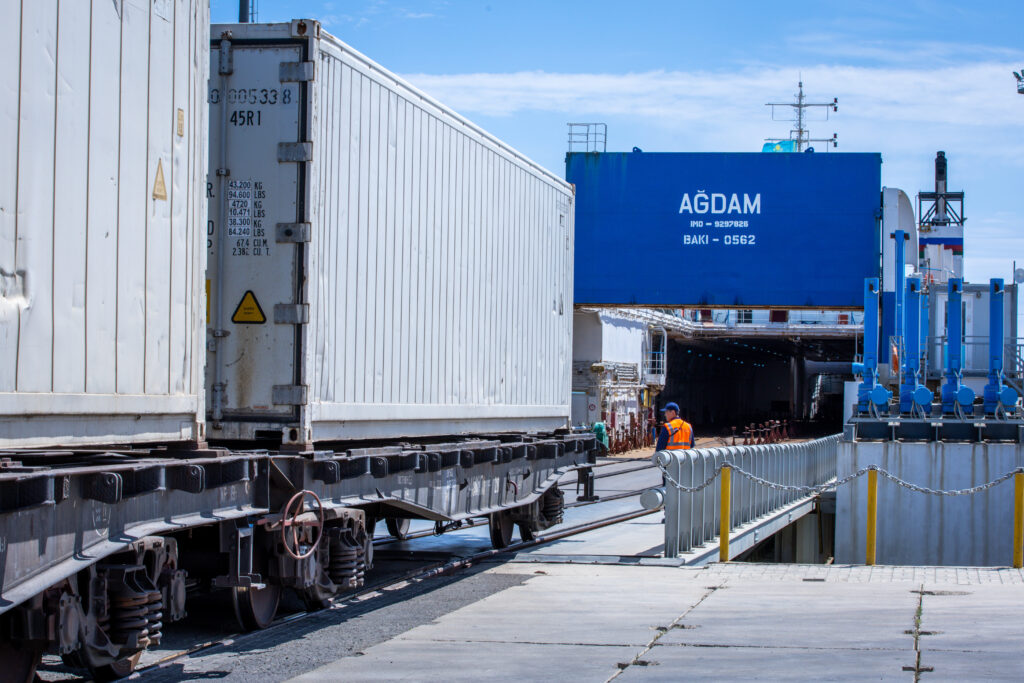In April 2025, two key energy sector documents were released: Ember’s annual global electricity review for 2024 and Russia’s energy strategy through 2050. Neither document brings major surprises. The electricity review highlights the continued rapid growth of renewable energy sources (RES) globally in 2024. Russia’s new energy strategy outlines plans to maintain oil production at current levels while increasing gas and coal production at least until mid-century. However, Russia’s plans increasingly diverge from reality.
Global Renewable Records
According to Ember, in 2024, low-carbon electricity (RES and nuclear) accounted for over 40% of global electricity production for the first time since the 1940s. Solar energy, contributing 7% of global generation, was the primary driver of the energy transition. Meanwhile, nuclear energy’s share dropped to 9%, a 45-year low.
Solar energy has led new generation growth for the third consecutive year. In 2024, it produced 474 TWh (equivalent to 40% of Russia’s total electricity generation last year) and remained the fastest-growing electricity source for the 20th year in a row (+29%). China accounted for over half of the global solar generation increase. Global installed solar capacity grew from 1 TW in 2022 to over 2 TW in 2024, roughly eight times Russia’s entire energy system capacity.
Additionally, in 2024, the combined share of solar and wind generation (15%) surpassed hydropower (14.3%), the largest renewable electricity source globally, though its share has remained stable for decades. One in seven kilowatt-hours worldwide is now generated by sun and wind.
Fossil fuel-based electricity production grew by a modest 1.4% in 2024. The absolute increase (+245 TWh) was smaller than the growth in solar generation. Ember attributes this rise primarily to heatwaves, which, alongside rising global temperatures, increased electricity demand by 238 TWh due to higher air conditioning needs. Milder winters, however, reduced electricity demand by 29 TWh due to lower heating requirements.
Sun and Wind: The New Oil
China has long led in renewable energy development and energy transition technologies, such as energy storage and electric vehicles. In 2024, solar and wind accounted for over 18% of China’s electricity generation—lower than in some Western countries like Germany (43%) or the UK (35%)—but the scale of China’s energy system makes this figure impressive. China hosts nearly half of the world’s installed solar and wind capacity.
China also supplies renewable energy equipment globally. In the early 2000s, Chinese leadership recognized the future of global energy lies in wind, solar, and other transition technologies. Through consistent state support, China has become a technological leader in these fields. Today, it produces about 95% of silicon ingots and wafers, over two-thirds of solar modules, and key wind turbine components. In 2024, the clean energy sector (including RES, nuclear, grids, energy storage, electric vehicles, and railways) contributed a record 10% to China’s GDP, surpassing the real estate market. Three-quarters of this sector’s added value came from electric vehicles, energy storage, and solar energy.
Coal generation in China grew by nearly 2% in 2024, but its share dropped from nearly 80% in 2000 to under 60% in 2024. The country’s coal consumption may peak as early as 2025.
Saudi Arabia, the world’s largest oil exporter, set a goal in 2020 to increase the share of RES in its installed electricity capacity to 50% by 2030. Five years ago, electricity was generated from gas (57%) and oil (43%), with RES accounting for just 0.12% of capacity and 0.06% of generation. By 2023, RES (mostly solar) reached 2.69% of capacity and 1.36% of generation. The 50% target by 2030 may be ambitious, but it clearly signals the country’s direction.
The United Arab Emirates, a major oil and gas producer, increased solar share in electricity production from 1% in 2018 to over 8% in 2023 (wind energy remains undeveloped). The UAE hosts some of the world’s largest solar plants, including the 2 GW Al Dhafra project launched in 2023. By 2050, the country aims for 44% of its electricity to come from RES.
Both Middle Eastern countries are actively expanding into the global RES market, likely anticipating that rising solar and wind revenues will offset declining fossil fuel income. Saudi Arabia’s ACWA Power and the UAE’s Masdar are developing RES projects in over 40 countries, including Uzbekistan, Kazakhstan, Azerbaijan, and Armenia. Masdar also has projects in the US, Germany, the UK, Poland, and Australia, aiming for a 100 GW global RES portfolio by 2030.
Russia: Pump Without Pause
Russia’s modern renewable energy sector marked its 10th anniversary last year. Solar and wind development began with the 5 MW Kosh-Agach solar plant in the Altai Republic in 2014. At the time, it was expected that share of RES without large hydropower plants (over 25 MW) would reach 4.5% by 2020. Now, in 2025, this share barely exceeds 1%, even when including solar and wind plants in occupied Crimea (built by Ukraine), small hydropower plants inherited from the USSR, and three geothermal plants in Kamchatka, one built in Soviet times and two in the late 1990s-early 2000s. Solar and wind generation built by Russia itself still contributes less than 1% of the country’s electricity.
Russia’s new energy strategy assigns no significant role to renewables. While acknowledging that «globally, the share of renewable energy sources in the energy mix will grow at an accelerated pace,» the strategy offers only vague statements about improving RES development mechanisms, national standards, and generation efficiency.
Quantitative targets suggest primary energy consumption from RES will increase roughly fivefold by 2050 in the baseline and target scenarios but remain negligible compared to hydropower, which currently accounts for 17% of electricity production. Even the stress scenario, which considers a sharp decline in Russia’s hydrocarbon sector due to potential sanctions or accelerated global decarbonization, does not elevate RES from last place.
Previously, Russian officials cited 10% as the upper limit for RES development by 2050, likely referring to generation. However, the world surpassed 10% for solar and wind alone in 2021.
Russia places high hopes on its hydrocarbon sector. In the target scenario, oil production and exports will remain stable, though they decline in the baseline, stress, and accelerated transition scenarios. Gas production and exports will grow in all scenarios, nearly doubling and tripling, respectively, by 2050 in the target scenario. Coal production and exports will only decline in the stress scenario, growing even in the accelerated transition scenario. In the target scenario, coal production and exports will increase by about 1.5 times by mid-century.
Russia’s coal optimism is particularly striking. Since August 10, 2022, the EU banned Russian coal imports in response to Russia’s aggression in Ukraine, forcing Russia to redirect about one-fifth of its coal exports eastward. Initially, high coal prices amid the energy crisis triggered by the war made this feasible. However, last year, falling coal prices and logistical challenges shifted the situation. About 60% of Russian coal companies, producing roughly 40% of the country’s coal, are now unprofitable. In Kuzbass, Russia’s largest coal-mining region, coal production in 2024 fell 7.4% compared to 2023 and 22.3% compared to the record high of 2018. Adding to the complexity, China, a «friendly» partner, imposed import duties on Russian coal in 2024: 3% for coking coal and anthracite, and 6% for thermal coal.
Russia has reaffirmed its long-term commitment to fossil fuels, despite other major hydrocarbon producers (UAE, Saudi Arabia) and consumers (e.g., China) rapidly shifting toward renewables. The ongoing Russian coal crisis vividly illustrates the near-term future of Russia’s ambitious hydrocarbon plans.










